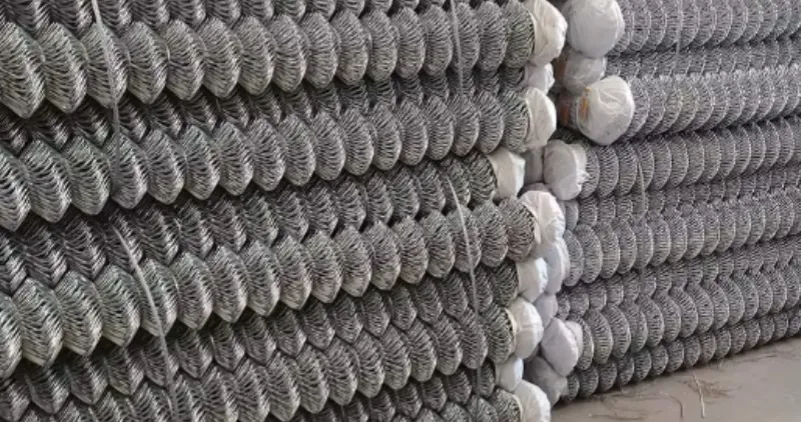-
 Phone:
Phone: -
 Email:
Email:

tie wire steel
Understanding Tie Wire Steel Properties and Applications
Tie wire steel, commonly referred to simply as tie wire, plays a crucial role across varied industries, particularly in construction and manufacturing. This versatile type of wire is made from steel, a material renowned for its strength and durability, making tie wire a reliable choice for a multitude of applications. In this article, we will delve into the properties of tie wire steel, its different types, and its diverse applications.
Properties of Tie Wire Steel
Tie wire steel is typically made from low-carbon steel, which lends it an excellent balance between strength and malleability. With a tensile strength that allows for firm holding, tie wire can easily be manipulated into various shapes without breaking. One of the key properties of tie wire is its corrosion resistance; many types are coated with materials such as zinc to protect against rust, thereby extending their lifespan. Additionally, tie wire steel is available in several diameters, ranging from thin wires of about 0.5 mm to thicker ones exceeding 4 mm, allowing for specialized use based on the requirements of a project.
Types of Tie Wire Steel
1. Galvanized Tie Wire This type of wire is coated in zinc, providing a barrier against corrosion. It is often utilized in construction for securing forms and scaffolding given its durability and weather resistance.
2. Black Annealed Tie Wire This wire is treated with heat to improve its ductility, making it easier to twist and tie. Black annealed tie wire is often used in applications where flexibility is essential, such as in tying rebar in concrete construction.
3. PVC Coated Tie Wire For added protection and aesthetics, tie wire can also be coated with PVC. This type is used in applications where exposure to the elements is likely, offering both durability and aesthetic appeal.
tie wire steel

4. High Tensile Tie Wire Designed for heavier and more demanding applications, high tensile tie wire has a greater strength rating, making it suitable for industrial uses where significant loads may be involved.
Applications of Tie Wire Steel
The applications of tie wire steel are diverse and multifaceted. In construction, it is commonly used for tying rebar together to reinforce concrete structures, ensuring stability and strength. In agriculture, tie wire assists in securing plants, trellising, and fencing, offering support for crops and livestock containment.
In the manufacturing sector, tie wire is invaluable for bundling materials, securing parts, and facilitating transportation of products. It is also a favorite among DIY enthusiasts for its versatility—whether creating garden structures, crafting furniture, or more creative projects, tie wire serves as a fundamental material.
Additionally, tie wire finds its use in the electrical industry, where it’s employed to secure cables and wiring installations. Its ability to withstand various environmental conditions allows it to be an asset in outdoor and indoor settings alike.
Conclusion
In summary, tie wire steel is a vital component in numerous industries due to its strong yet flexible properties, corrosion resistance, and versatile applications. Whether it’s supporting a construction project, facilitating agricultural needs, or serving various industrial functions, tie wire proves time and again its necessity and reliability. Understanding the types, properties, and diverse uses of tie wire steel is essential for selecting the right materials for any project. As industries continue to innovate, so too will the applications and formulations of tie wire, ensuring it remains relevant in a fast-paced world.
-
Wire Mesh for Every Need: A Practical SolutionNewsJul.25,2025
-
Steel Fences: Durable, Secure, and Stylish OptionsNewsJul.25,2025
-
Roll Top Fencing: A Smart Solution for Safety and SecurityNewsJul.25,2025
-
Cattle Farm Fencing Solutions for Maximum SecurityNewsJul.25,2025
-
Affordable Iron Binding Wire SolutionsNewsJul.25,2025
-
Affordable Galvanized Wire SolutionsNewsJul.25,2025
-
Wire Hanger Recycling IdeasNewsJul.25,2025








